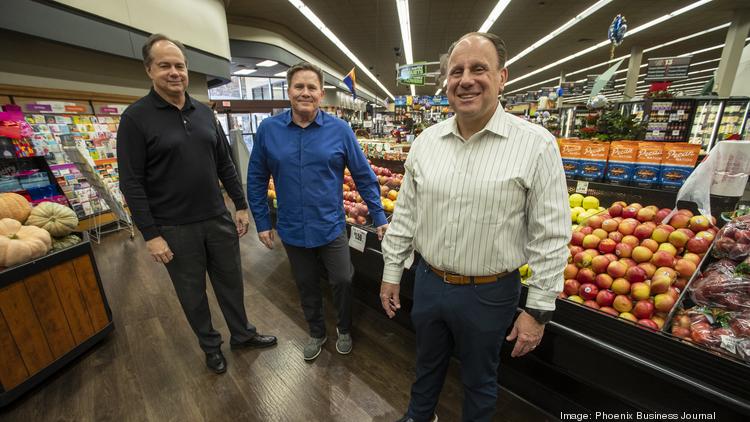Selling to supermarkets can be a challenging but rewarding process. Here are some steps you can follow to increase your chances of success:
- Research the market: Before approaching supermarkets, do some research to identify which ones are the best fit for your product. Consider factors such as the size of the store, the types of products they sell, and their target audience. Also, research their pricing strategy, shelf space availability, and promotional opportunities.
- Know your product: Be prepared to explain the benefits and unique selling points of your product to the supermarket. Make sure you can answer any questions they may have about the product, including its ingredients, shelf life, and manufacturing process.
- Create a sales pitch: Develop a compelling sales pitch that highlights the benefits of your product and sets it apart from the competition. Your pitch should be concise and persuasive, and it should address the specific needs of the supermarket you are targeting.
- Make contact: Once you have identified the supermarkets you want to approach, reach out to the appropriate decision-makers. This may be the category manager or the buyer responsible for your product category. Introduce yourself, explain your product, and offer to provide samples or additional information.
- Follow up: After making contact, be persistent in following up with the supermarket. Send a follow-up email or make a phone call to confirm receipt of your proposal and to schedule a meeting.
- Negotiate terms: If the supermarket expresses interest in your product, be prepared to negotiate the terms of the sale. This may include pricing, payment terms, and delivery schedules. Be flexible and willing to compromise to reach a mutually beneficial agreement.
- Fulfill orders: Once you have reached an agreement, make sure you can fulfill the orders. This means having the necessary inventory and production capacity to meet the supermarket’s demand.
Selling to supermarkets can be a long process, but if you have a quality product and are persistent in your approach, you can succeed.
Who and how they make a decision what to stock
Supermarket chains typically have a team of buyers or category managers who are responsible for deciding what products to stock on their shelves. These individuals are usually experts in their respective categories, such as produce, dairy, meat, or snacks. They work closely with suppliers to ensure that they are offering the best products to their customers.
The decision-making process for stocking products in a supermarket can vary from chain to chain, but typically involves the following steps:
- Identifying customer needs: The first step is to identify the needs of the supermarket’s target customers. This involves analyzing sales data, conducting market research, and monitoring trends in the industry.
- Sourcing suppliers: Once the customer needs have been identified, the category manager will seek out suppliers who can provide products that meet those needs. This may involve attending trade shows, reviewing supplier catalogs, and conducting supplier audits.
- Evaluating products: The category manager will evaluate the products offered by suppliers to determine if they meet the supermarket’s quality standards, pricing objectives, and overall strategy. This may involve taste tests, product reviews, and other quality control measures.
- Negotiating terms: If the category manager decides to stock a particular product, they will negotiate the terms of the sale with the supplier. This may include price, delivery schedules, and promotional opportunities.
- Monitoring performance: Once a product is on the shelves, the category manager will monitor its performance to ensure that it is meeting the supermarket’s sales and profitability goals. If a product is not performing as expected, the category manager may make adjustments to the pricing or promotional strategy or discontinue the product altogether.
Overall, the decision-making process for stocking products in a supermarket is complex and involves multiple stakeholders. However, by understanding the needs of their customers, working closely with suppliers, and monitoring product performance, supermarket chains can offer a wide range of quality products that meet the needs of their customers.



